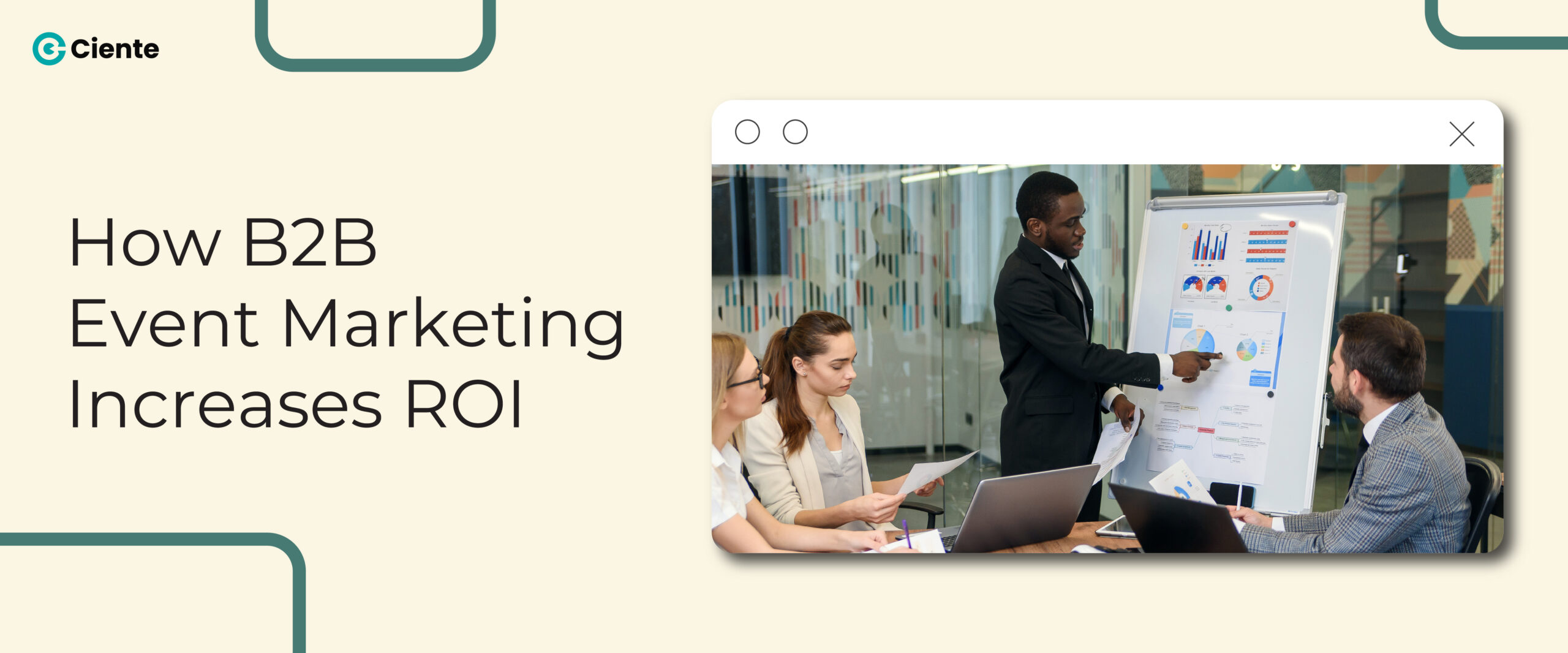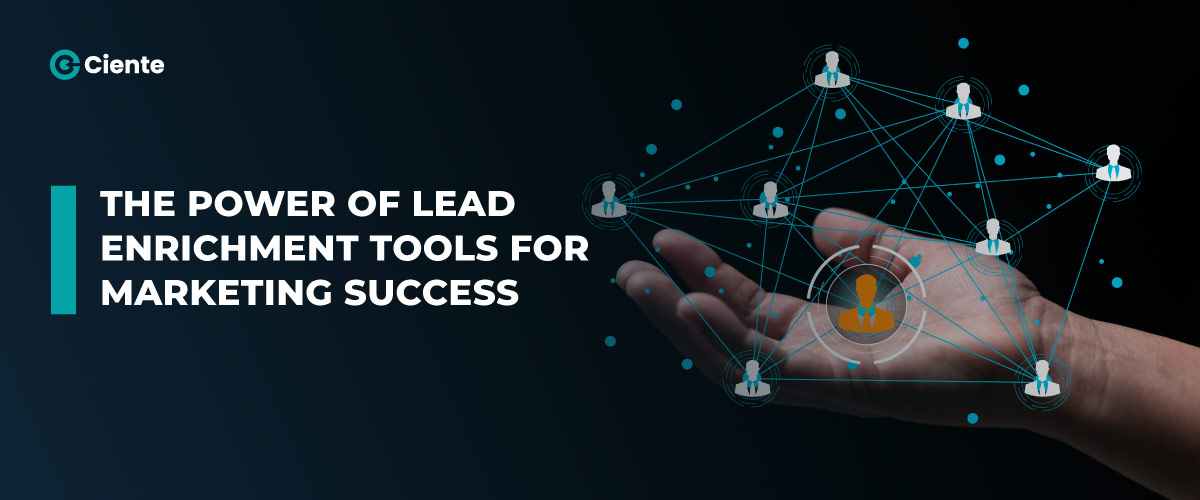
Top Event Marketing Trends (2024)
Event marketing combines planning, execution, and promotion to achieve business

Event marketing combines planning, execution, and promotion to achieve business

Whether you are hosting a virtual or an in-person event,

Event marketing continues to evolve – what works today will be

Engaging with your audience and building meaningful relationships can be

Inaccurate or irrelevant data can never lead to marketing success.

Unwind at the intersection of technology and tranquility. Have AI